Hey Fringe fans,
While I enjoyed Monday’s episode Unearthed, I was left wondering why exactly it was aired now: watching last night’s episode Johari Wind ow partially answered that question. There were times when I was watching the episode when the team kept referring to “government conspiracies”, and I was thinking about how well it fit in with “Unearthed”.
ow partially answered that question. There were times when I was watching the episode when the team kept referring to “government conspiracies”, and I was thinking about how well it fit in with “Unearthed”.
It took a couple references before I actually clued in that that must be a large part of why the episode was aired earlier this week, given that it was the most blatant “government conspiracy” episode so far.

This episode has, as usual, a hefty dose of “weird”, with a side helping of the science to back it up. And yes, it must be taken with a grain of salt (given that it’s science fiction), but I love it when the explanations actually seem to make sense in terms of what I know about the science itself, and it was great to see that again in Johari Window.
Episode Recap
The incident which draws the attention of Fringe Division this time: State Troopers pick up a young boy named Teddy (played by Liam James) who appears to “turn into” a monster. The Troopers are uploading the boy’s picture as part of a Missing Child search when two men (also “monsters”) with shot guns burst in and kill the Troopers and take the boy. Even though the men leave no physical evidence behind, the report had already been uploaded, and thus it was brought to Fringe Division’s attention. The team travels up to Edina, NY – a small town near where the Troopers were killed as they suspect that that is where they suspect Teddy lives.
The town immediately triggers something weird in Walter: there is a buzzing noise (which the locals refer to as the Edina Hum) and as soon as Walter hears it he starts singing a song about hard artichokes and elephants (the lyrics are “hard artichokes rarely keep Norwegian elephants Singapore sleep”, to be precise). Sheriff Velchik (played by Michael O’Neill) explains that the Army had a base nearby and that their generators make the buzzing noise
The Edina Hum and Walter’s song
While driving out of Edina with Walter (who is sound asleep in the back seat of the car), Olivia and Peter are in the middle of a discussion when they are run off the road. Olivia – who is really not having good luck with cars this season – is knocked out, and Peter is the only one still conscious when the person (who looks like one of the monsters) starts shooting at them with a gun. Walter was still asleep. Peter manages to get some shots off, and the person flees in his car. After more agents get to the scene of their accident and start pulling their car back onto the road, they receive notice that someone found an abandoned truck not far out of Edina, and in investigating the truck they find a man – not a monster – who is dead of a gunshot wound. Walter surmises that he has some sort of metamorphic abilities, and Peter is shaken at having killed a man.
Peter returns fire
Back at the lab with the body, Olivia receives classified files from Broyles which discuss an experiment which the US Army was conducting in Edina called “Project Elephant” (suddenly Walter’s annoying song makes more sense), and we realize that Walter likely worked on the project in Edina after all. Investigations of the body of the man and of a butterfly (which turns into a moth once back at the lab), reveal that both have the same genetic abnormality which causes the deformations, but that Walter has no idea what allows them to transform. He tells Astrid that after he left Project Elephant (the purpose of which was to design a way to make people invisible using an Electromagnetic Pulse (EMP)) the researchers discovered that exposure to the pulse left subjects with similar deformities.
Astrid is not pleased to find a moth rather than a butterfly
Peter and Olivia, who are back in Edina looking at Federal Census data trying to identify the man Peter shot, are given an address for the man on the outskirts of town. The Sheriff then goes outside to meet with a crowd of townspeople who are distraught that the FBI has proof now about “their” existence. The Sheriff tells them that he’ll make the problem go away. Rose, Teddy’s mother and the wife of the man whose body is now in the lab, (played by Laura Mennell) is not at all happy with the idea of killing Olivia and Peter, but she is still trying to protect her son.
Sheriff Velchik
As an aside: do you see the Observer?
The Observer (top left corner, behind Rose and Teddy)
Walter comes to a realization and has Astrid take him back to Edina. As they head toward the town, Walter has her stop the car, and takes out the moth. He shows her that when they get far enough into Edina, the moth “transforms” back into the beautiful butterfly which first attracted his attention. We discover that the “Edina Hum” is actually an EMP generator which masks the deformations as it works, not on the people themselves, but on those viewing them.
He relays this to Peter and Olivia, who are on their way to the location the Sheriff gave them. Peter is still has a niggling sensation about the census data in that in the last 30 years the only time the population’s numbers have changed is when people were born or died: no one has left the town. This prompts the realization that the entire town is affected, just as the Sheriff and his deputy begin shooting at Olivia and Peter.
The Butteryfly
Walter and Astrid, against Peter’s wishes, venture further into Edina to look for the EMP generator to shut it off. They find it in Rose and Teddy’s house, and Walter realizes that Rose was actually the daughter of the head of the team on Project Elephant. Walter finds the machine and turns it off. Peter and Olivia, back on the outskirts of town, are still being shot at by the two men, and, just as the Sheriff is about to shoot them, Rose emerges and kills the Sheriff. She believes that it isn’t right for the town to continue to perpetuate the lie if people are going to keep getting killed.
Walter and Astrid “in the field”
Back at Teddy and Rose’s house, we learn that the head of the project – Dr. Cobb, who was a friend of Walter – had sincerely believed that his work was going to save lives and that he was devastated when the exposure to the pulse caused the genetic mutations. Especially since the US Army had expanded the scope of the initial pulse to include the town of Edina – where his wife and baby daughter (Rose) were living at the time – and the entire town was afflicted. Overcome with guilt, Cobb built the machine which masks the deformity and gave the townspeople a choice: live a life in the outside world where they would not fit in, or lead a normal life, but be confined to Edina.
Learning about Edina’s History
Broyles arrives at the house only to be confronted by Walter, who is convinced that the people of Edina have suffered enough, that they ought the be allowed to continue leading normal lives, and that if their existence is made public they will become lab rats. Broyles continues asking Walter if he found the machine, and that the people responsible for the deaths of the Troopers must be held accountable. Walter continues protesting, until Broyles makes it more explicit that unless Walter found the machine, there is nothing to report and the people will be left alone.
“Please, Agent Broyles, these people have been harmed enough” – Walter
Thoughts and Impressions
A definite shift that this season has made is in regard to Astrid: she is coming into her own more this season as her own character, rather than just as Walter’s aide in the lab. It has been quite interesting to see her interactions with Walter outside the lab, and I think that their penchant for getting into mischief in the lab (mostly because of Walter’s crazy experiments) could translate rather hilariously to the outside world.
Johari Window showed us that despite the fact that Walter routinely calls Astrid by the wrong name, he knows of her love of butterflies and intense dislike of moths. I also find that Astrid and Walter’s conversations are a very good way for the writers to explain to the audience what exactly is going on in terms of the science and Walter’s reasoning: in particular for this episode, when Walter was explaining to Astrid how exactly it is possible for people with such a drastic genetic abnormality to appear normal within the bounds of Edina.
Walter and Astrid, in the lab
Once again Walter had his own character arc, of sorts, throughout this episode: we began seeing him still attempting to deal with his kidnapping (recall Grey Matters) by Newton when Peter was attempting to convince him to get out of the car at the grocery store as he hadn’t left the house in over a week. However, when the team gets to Edina to work on the case, Walter seems to snap out of it, and – as Astrid observes – he seems to become much more focused. He tells Astrid that working has always helped him – that it was what got him through when Peter was sick – which made me wonder if he was talking about the first Peter (the one who died at the age of 7) or “our” Peter (the one he took from an alternate reality).
“What if I get lost again? What if he’s in there?” – Walter
It also appears that Walter was friends with Arthur C. Clarke, as he tells Astrid that a “friend” of his once wrote that “sufficiently advanced technology is indistinguishable from magic”, which is a quote from the aforementioned author. I wonder if this at all relates to the fact that Clarke’s book Childhood’s End has popped up numerous times in previous episodes – most prominently (to me, at least) in the homes of other Cortexiphan children.
The last couple episodes seem to have a common theme, in that Peter and Olivia keep sharing amusing, illuminating, and – sometimes – slightly melancholic conversations in cars. One of these scenes in Johari Window was made rather more amusing by the fact that Walter was snoring in the backseat as Peter and Olivia discussed him. Peter continues to worry about Walter – a far cry from when they first “rescued” him from St. Claire’s – and he tells Olivia that since Newton kidnapped him, he worries that Walter is slipping back and losing the progress he has made recently. Olivia tells him that Walter seems “no less normal than the rest of [them]”.
“You ever get the feeling that doing this job just makes you less and less normal?” – Olivia
Since Charlie was killed, Peter tends to accompany Olivia out into the field more and more often, and they seem to be settling into a comfortable partnership. Their respective abilities complement each other well, and they each seem to know when to push and when to back off an issue. After the car crash, we learn that the man Peter shot was the first person he has ever killed. I found it rather interesting, given what we know of his colourful history so far, but also liked the development of the character. We also learn a bit more about Olivia’s history, in particular that the first time she killed someone she was in the FBI, and had a hard time dealing with it herself.
I enjoy seeing that Peter and Olivia seem to be opening up a bit more to each other and that they’re becoming friends. We know from Unearthed that Peter didn’t have many friends in school because he was sick, and we know from Olivia herself that she didn’t grow up with many close friends (perhaps because of her home life).
“First time I killed someone, the guy was a trained killer… I still didn’t sleep that night. Or the next” – Olivia
I am continuously impressed with Broyles’ willingness to bend the rules, as well as his drive to protect his people. His conversation with Walter at the end of the episode shows the kind of man you want leading a team who deals with the often horrific technology to which Fringe Division is often exposed. More than once Broyles has shown a willingness to overlook the more bureaucratic aspects of his job and see the people behind the cases – for example, he let the entire town stay hidden rather than expose their secret and remove the potentially-useful technology. Several times he also warns Olivia to be safe, citing the fact that the people they are after have done everything in their power to stop at nothing to protect their secret, and that they all ought to be very careful in the course of their investigations.
“Dr. Bishop, I don’t think you’re understanding me: if you didn’t find the machine, there’s nothing to report” – Broyles
I am also curious as to whether the story arc is being set up for Peter to finally find out that he is from another world. At the end of the episode, Walter has a discussion with Peter in which he tells Peter how very brave Rose was to expose her secret in order to right a wrong: the subtext seemed to be that Walter is perhaps considering telling Peter what he did in order to correct the wrong of having abducted Peter from his own world.
Something with which I am continually impressed on Fringe is the amount of attention paid to simple details. For example, the characters are continuously (endlessly) put into dangerous situations and they often come out of it with bruises and scrapes. And I know it’s a small thing, but when you’re watching a show and a cut “mysteriously” moves in between scenes it can be a little jarring. But with Fringe they seem to be meticulous with details, and it adds that extra bit of flair to the show.
I was curious about the name of the episode and in the course of strenuous research (okay, okay, I googled it), I learned that the name is incredibly fitting. A ‘johari window’ is tool used in cognitive psychology to help people better understand their communications and relationships with other people. Considering that the episode featured a means by which people deformed by genetic mutations were able to live relatively normal lives due to the help of advanced technology which facilitated the ability to look past the surface deformities and see the people underneath, the name was remarkably apt.
As may be obvious by the length of this post, I really enjoyed this episode. I went into it prepared for it to be simply a one-off episode and, while it was, it also had some great character development. I ought to have remembered that the writers, producers, and entire team behind Fringe have yet to put out an episode that I didn’t love, but it was definitely nice to be reminded of that fact with this solid opening episode for Season 2’s 2010 run.
 Thanks for reading and visiting Wormholeriders News Agency!
Thanks for reading and visiting Wormholeriders News Agency!
If you ever want to chat about Fringe, science, or anything at all, come check out my Twitter page (click on the picture to follow the link), or feel free to email me at the link below:
Naddy
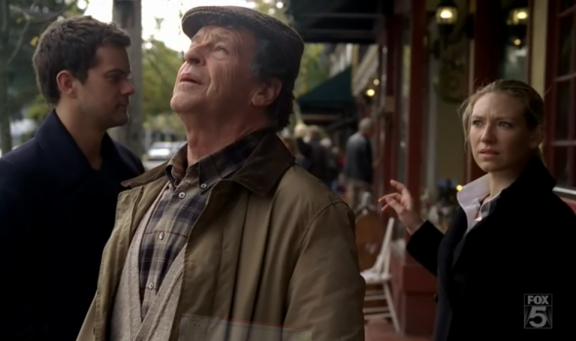
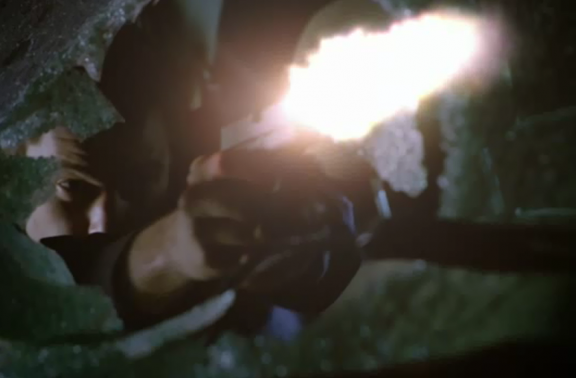
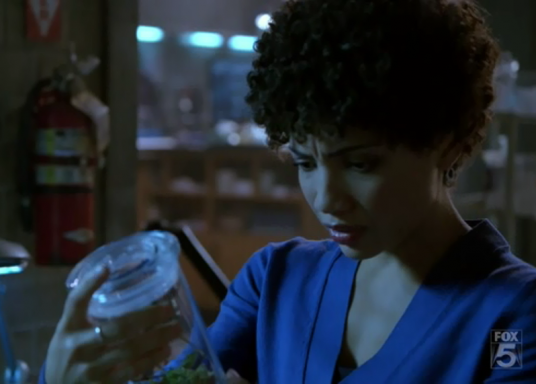
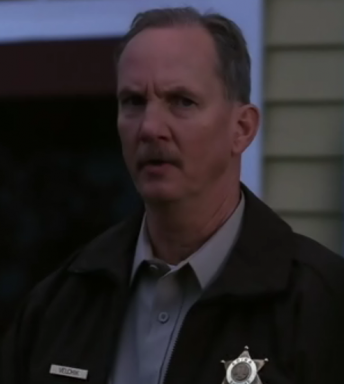
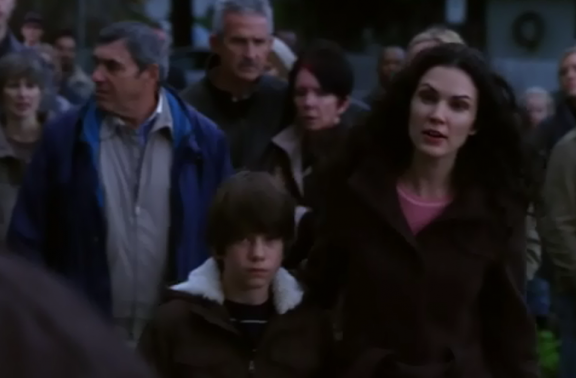
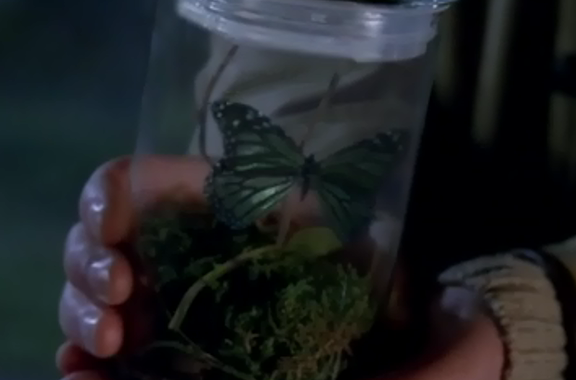
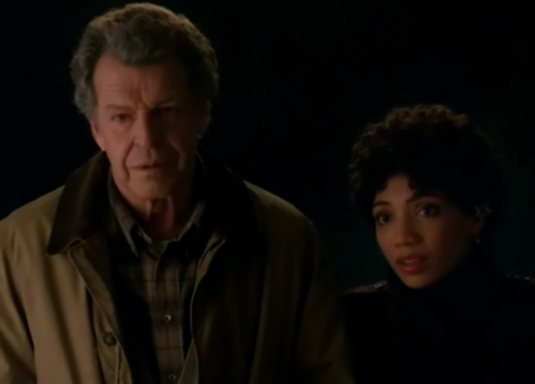
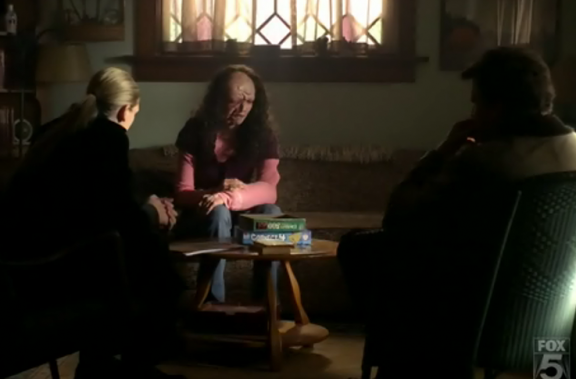
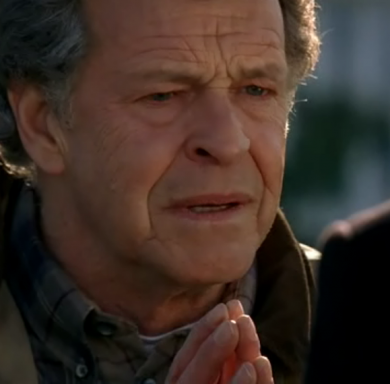
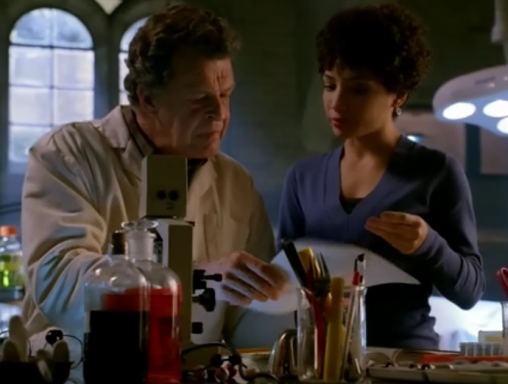
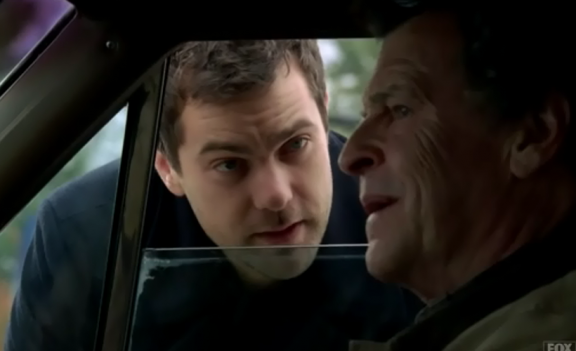
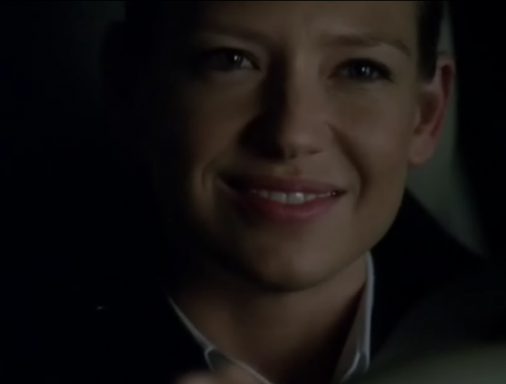
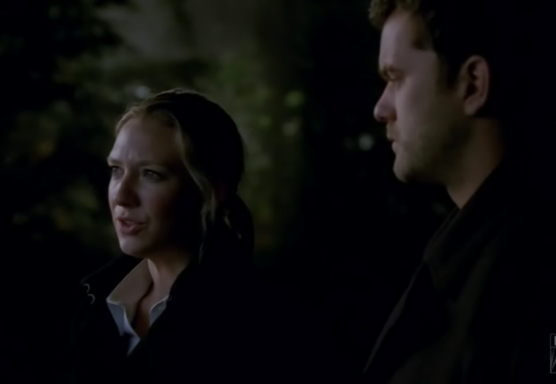
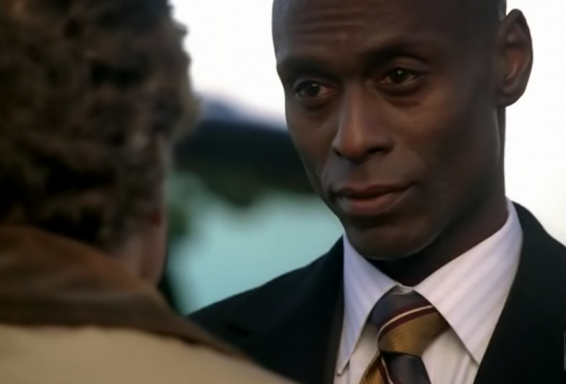







Another great episode recap. I like your thoughts on it and I agree. I loved this episode too, I prefer the stand-alone stories to the major episode arcs. Even the stand-alone episodes contain those small character developments relevant to the plot and I like that. I couldn’t help but compare this plot to other shows and even though I found this episode kinda standard for a this type of ‘supernatural’ show, I very much enjoyed it.